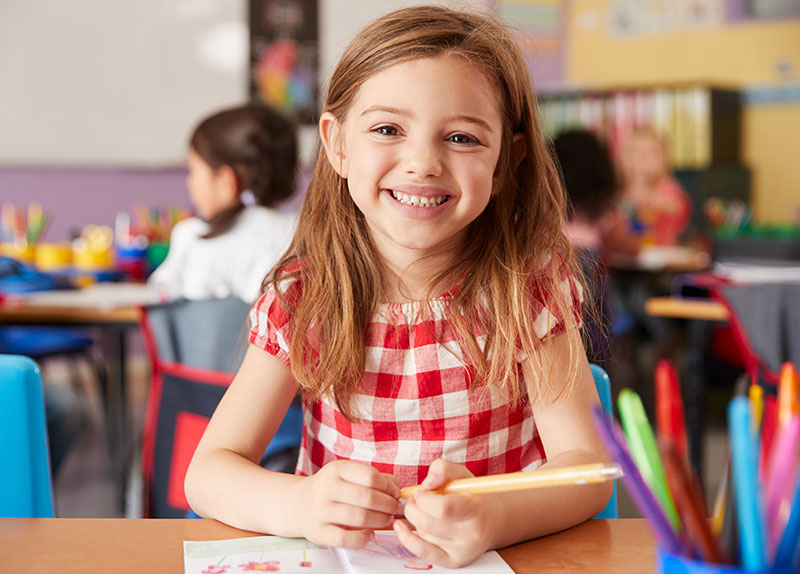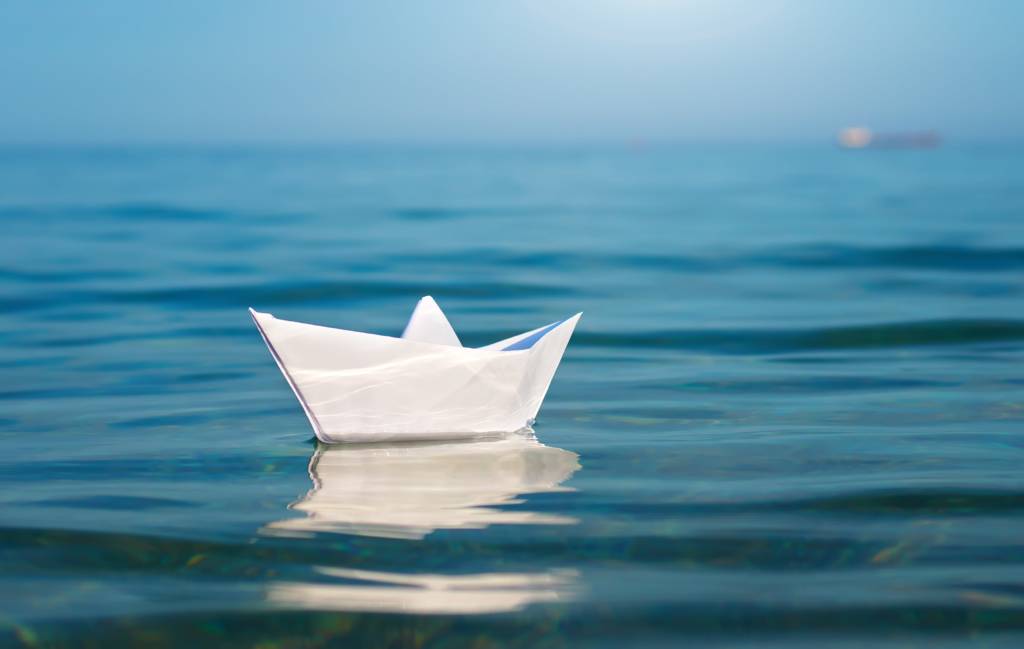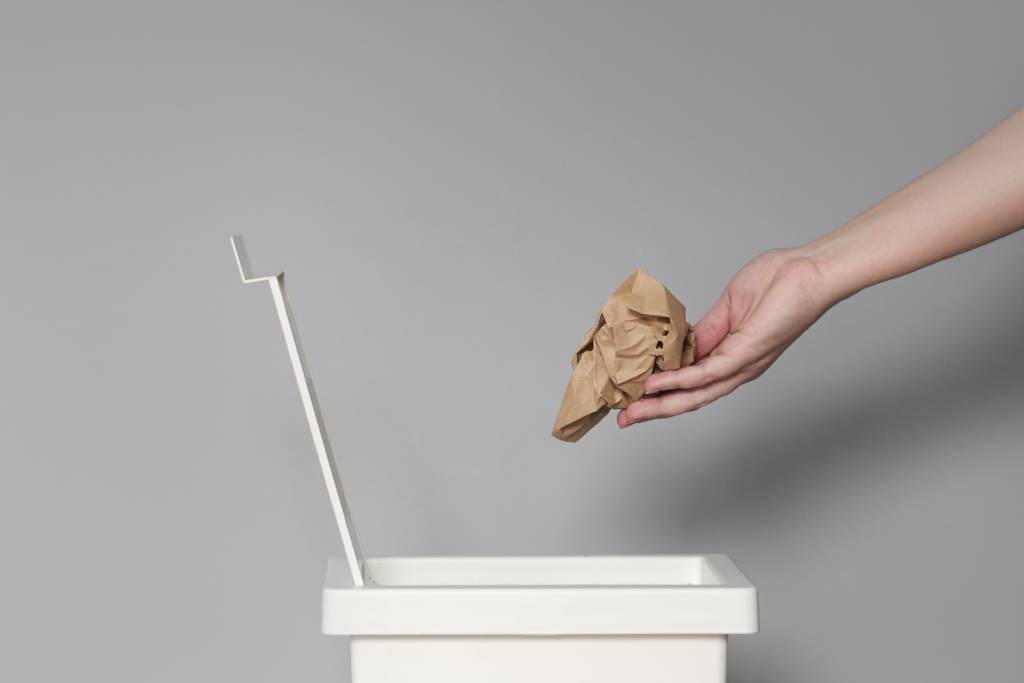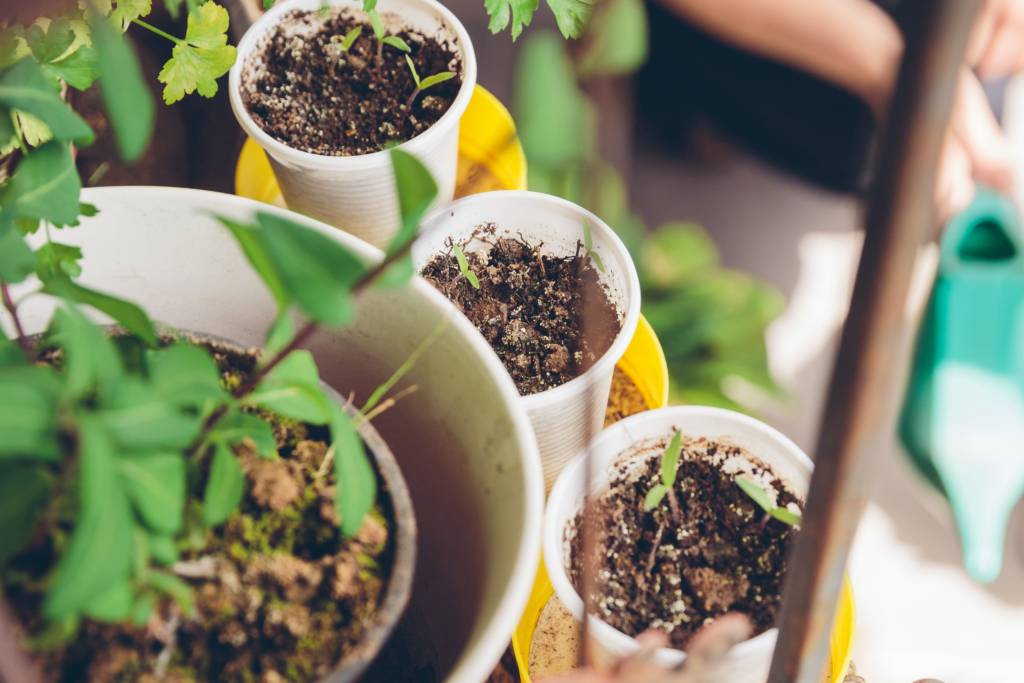The Paper Airplane Challenge: A ThinkerSpace Challenge for Growth Mindset
If you’ve been following our Facebook page, you’re familiar with our ThinkerSpace Challenges. These challenges are designed to engage students and your own children in project-based learning. As I write these challenges, my goal is to make sure kids can complete the challenge by using materials they can find around the house.
This week’s challenge supports a growth mindset as we encourage your students and children to improve their creations through iteration.
The Engineering Design Process
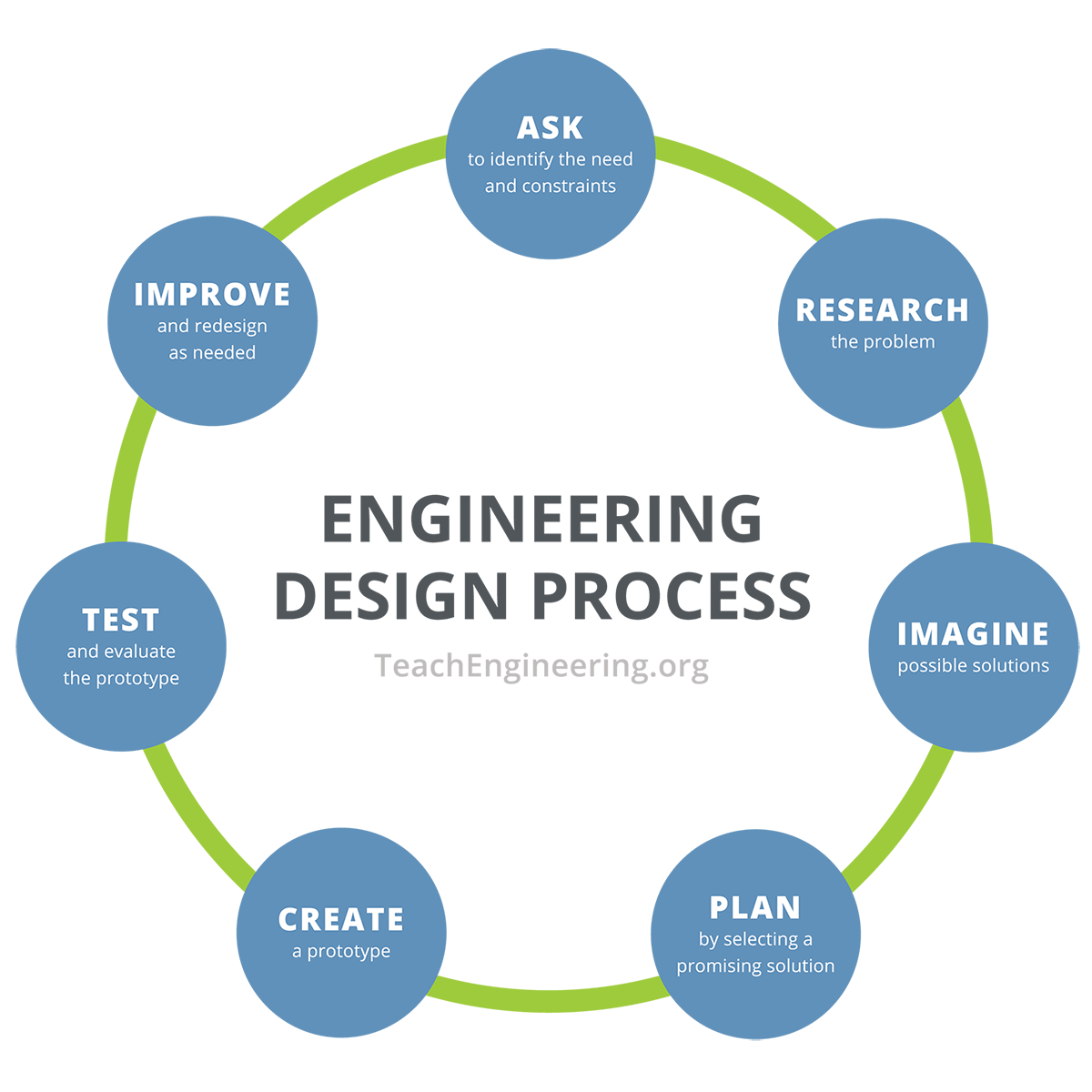
Engineers use the Engineering Design Process to identify and create effective solutions to problems. You’ll notice similarities between the CU Boulder Engineering Design Process and the SmartLab Learning Project Cycle.
In this challenge, we’ll focus specifically on the Test and Improve steps in the Engineering Design Process.
I hope that by engaging in this challenge, your students and children are encouraged to view education through the same lens as their paper airplane. Who we are as learners is never fixed. The best learners continuously seek to improve and expand their own understanding and skillset.
The Paper Airplane Challenge
Growing up, I knew one way to make a paper airplane. I followed the steps a classmate showed me, threw my plane as hard as I could, and accepted the fact that my airplane was only going to travel about 10 feet—if I was lucky.
I had yet to understand the value of evaluating, improving, and testing my design. I didn’t see myself as an engineer.
Your children and students may have similar experiences, but this time they’ll approach designing a paper airplane from an engineer’s perspective.
In this week’s challenge, students will design a paper airplane and iterate it multiple times to improve its functionality.

Build the Best Paper Airplane
You will design and improve a paper airplane that goes the farthest, straightest, or stays in the air the longest. What record can you beat?

To make an efficient plane, and paper airplane, you need to understand aerodynamics, which is the study of moving air and how a solid object moves through it.
There are four forces that impact the movement of an object through air: lift, weight, thrust, and drag.
Lift: Lift is an upward force that needs to exceed the weight of the plane. It comes from the shape of an airplane’s wings. Look at the shape of an airplane’s wings. How does air move above and below the wing?
Weight: The weight of an airplane is caused by gravity’s downward pull of the plane. The lighter a plane, the lesser the weight, which then requires a smaller amount of lift. To decrease the weight of your object, what kind of material would you want to use?
Thrust: Thrust is the force that moves a plane forward. A plane’s thrust typically comes from jet engines or propellers. A helicopter uses the tail propellers and the tilt of the main propellers to move it forward. Where does the thrust come from with a paper airplane?
Drag: Drag is a force that slows an object down as it moves through a gas or liquid, kind of like how friction slows down a solid as it moves against another solid. The shape of an airplane and movement of the air greatly impacts the drag. How can you decrease the amount of drag on your paper airplane? If the wind is blowing, should you throw your airplane with or against the movement of the air?
Learn more about aerodynamics in NASA’s NASA Knows series.

As you start designing your paper airplane, consider these questions:
- How can you adjust the balance of the four forces (lift, weight, thrust, and drag) to change the paper plane’s flight in air?
- What materials will work best for your airplane? What are the advantages and disadvantages of materials like newspaper, printer paper, cardstock, cardboard, and styrofoam?
- What weather conditions are ideal for throwing your paper airplane? How can you design your plane to be effective in all types of weather?

Let’s get started with your challenge!
- Begin with a basic paper airplane.
- Test your airplane and collect data (how far it flew, how long it was airborne, whether it flew in the intended direction) to create a baseline, or starting point, of how well your airplane flies.
- Change your design to make your airplane fly farther, straighter, or stay in the air longer—you choose!
- Test your airplane again and collect data to figure out whether the change(s) made a positive or negative impact on your plane.
- Change your design again until you’re satisfied with the results.
- Create an instruction manual for your airplane design. Share your design with your classmates, friends, and family.

Ask your youngest learners to build a paper airplane. Start with a printable version that includes folding lines. Have your students mark a spot where they will throw their airplane. Instruct your students to throw the airplane multiple times and mark the landing spot with a stick, rock, piece of tape, etc.
Have your students make minor modifications and test the changes. Does the airplane go past their original markers? If they’re not sure how to modify the plane, have them explore this gallery of paper airplane designs. Test a few other designs and then modify their own airplane.
Have students take pictures or videos of their airplane to show off their design and its effectiveness. Ask them to explain the changes they made and how it affected their plane.
Opportunities for Skill Application
Last week, we discussed academic skills that can be reinforced with The Great Waste Challenge. This week, we’re focusing on essential skills for college- and career-readiness.
- Critical Thinking: Critical thinking is a natural component of the Engineering Design Process. As students identify and make improvements to their airplanes, encourage them to consider the four forces acting on their plane and determine changes that account for the principles of aerodynamics. Reflection is an essential part of critical thinking, so ensure your students take the time to stop and think about their designs.
- Creativity: Encourage your students and children to make design improvements through a mixture of research and observation of other designs. What else can be added to a paper airplane to increase the quality of its flight? Think outside the box!
- Problem-Solving: As testing is conducted, have your students and children closely analyze the airplane’s flight. Take a video, slow it down, and watch carefully to see what happens. What is impacting the flight?
- Perseverance: The Engineering Design Process takes a lot of perseverance. Initial designs are rarely successful or meet all of the intended outcomes. That’s normal! Encourage your students and children to persevere through the challenges. Finding an unsuccessful solution is just as helpful as finding a successful one.
The Engineering Design Process can breathe life into familiar activities while encouraging your students and children to have a growth mindset in all aspects of life.
As your students wrap up the school year and begin their summer, keep them engaged with our weekly ThinkerSpace Challenges.


